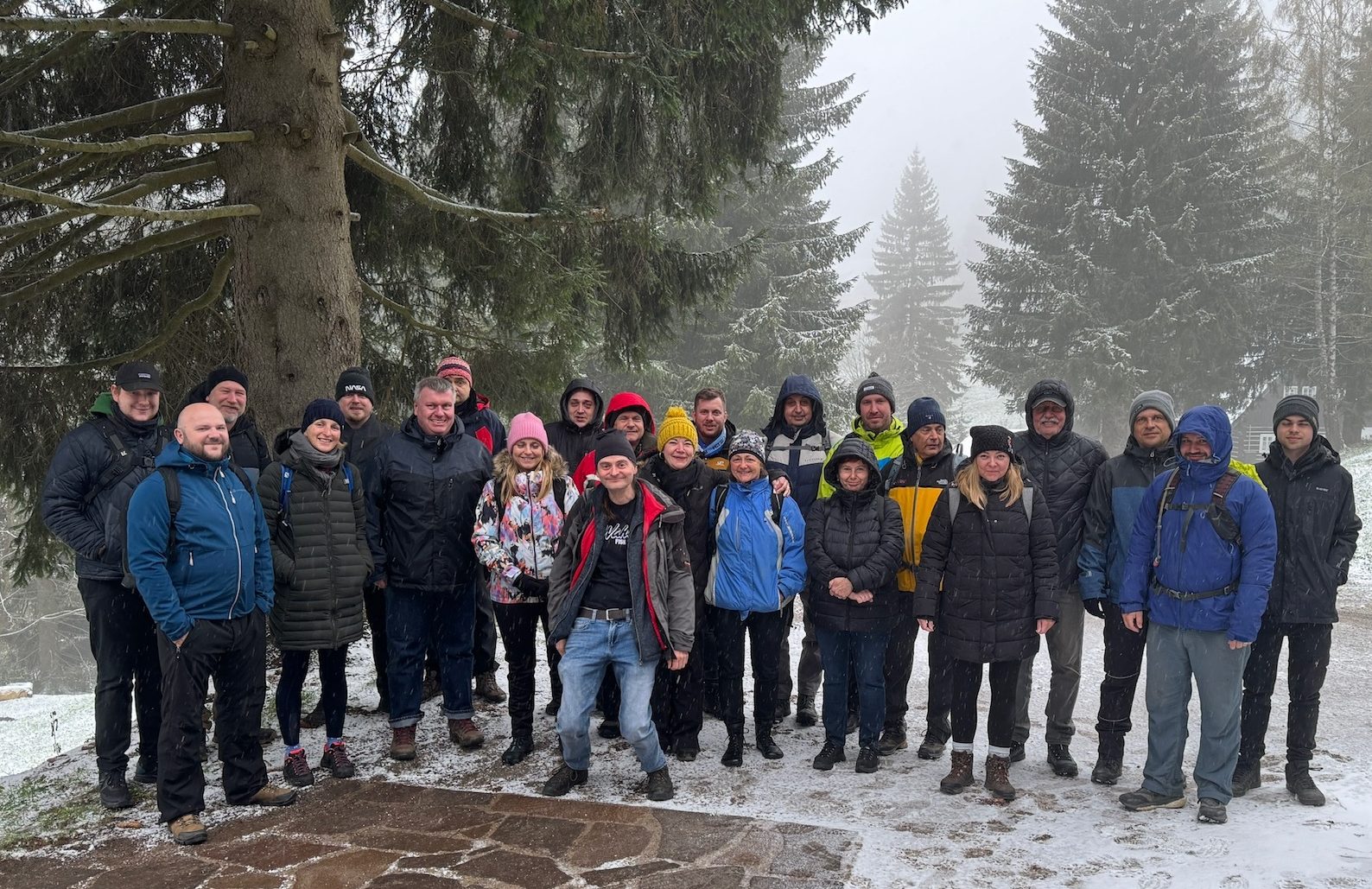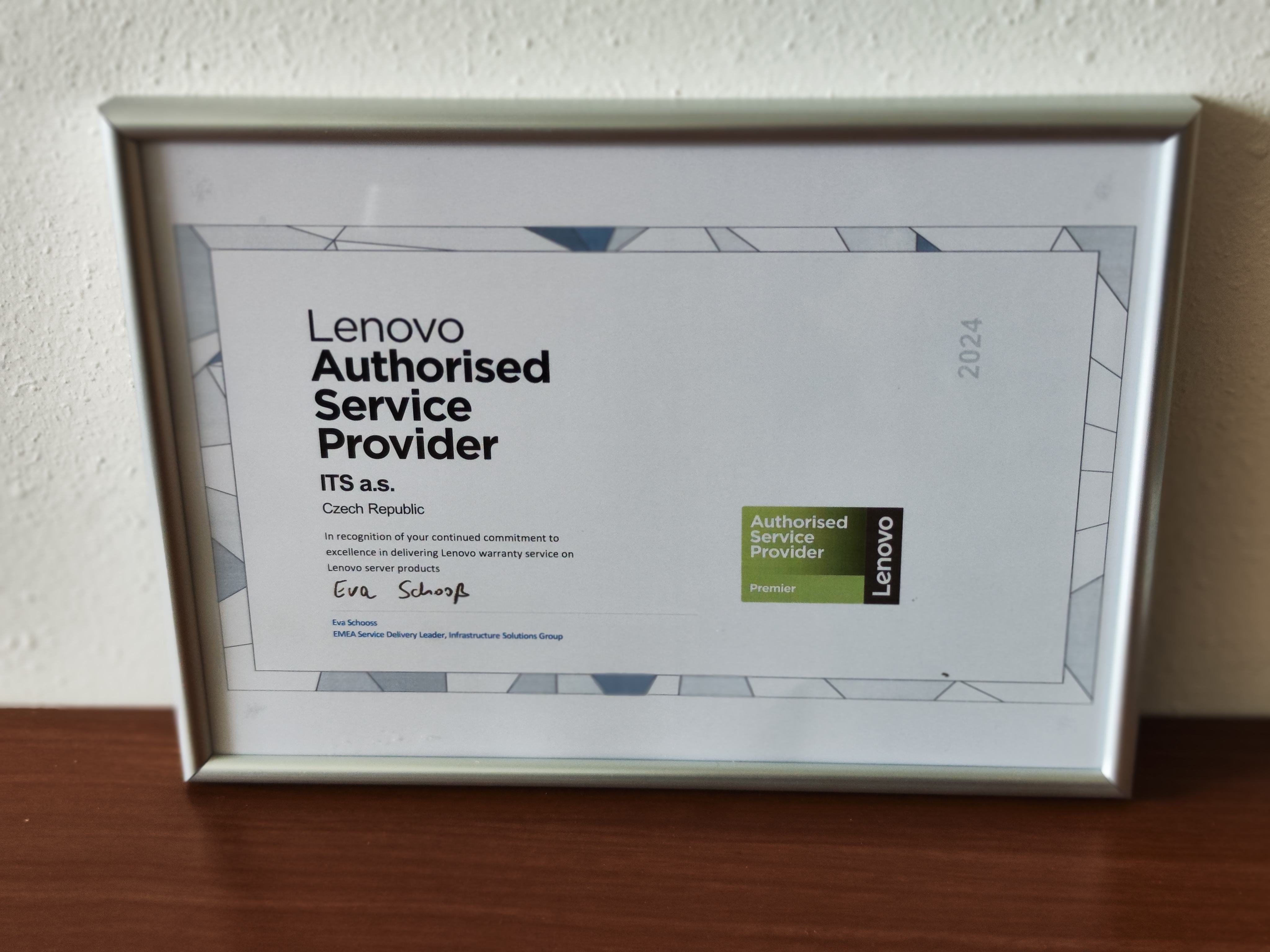
ITSpedia - your IT encyclopedia
3 minutes

Do you also constantly encounter new words, passwords or specific IT terminology? Do you find the same "buzz words" you want to understand and are tired of "googling" from unverified sources?
We understand you! Information technology is a very dynamic and fast-moving field that can be difficult to keep up with.
And that's why ITSpedia is here ! We have prepared a selection of the most important and most frequent terms from our point of view that you may encounter in IT. You can take this as an easy learning course or just to test your knowledge. We will regularly update the ITSpedia for you. Either way, let our encyclopedia be of use to you!
Let's see :), you know what..
Latest entries in the collection:
AI-native
A system that has AI as a core part of the architecture - not just a plugin. It uses AI to make decisions, personalize or manage processes, not just make cosmetic improvements.
Our tip: A lot of products pretend to be, but actually call the OpenAI API and wait for a prompt. AI-native means deeper integration and the ability to learn from your own data, context and users.
Resilience as a Service
A service that promises to recover and resume operations after a failure - whether it's a server outage, application error, or attack. It is usually a combination of HA, DR, backups, testing and recovery orchestration.
Our tip: When a company promises Resilience-as-a-Service, ask: what's included? How much do the tests cost? Is it just an SLA? Who is responsible for return to service? Many solutions are just a fancy name for ordinary disaster recovery.
Zero Trust
A security approach that says: never trust any device or user implicitly - everything must be authenticated, authorised and tracked, every time. It works across networks, users and applications.
Our tip: Without proper identity management, network segmentation and audit background, Zero Trust is just a slogan. Implementation requires patience and good technology integration.
Complete list of passwords:
Check out the complete and updated list of the most common IT passwords & buzzwords and stay up to date!
AI hallucination
When generative AI makes up plausible-sounding but completely false or fictional information - often for no apparent reason.
Our tip: This is not an error in the sense of a calculation, but a consequence of the prediction of probable words. People then mistakenly believe that the AI 'knows'. No, it just guesses what should probably follow.
BaaS
Backup as a Service - a service that allows you to back up your data to the cloud without the need for your own infrastructure. It's usually an automated backup system with fast recovery, version control, encryption and geo-redundancy.
Our tip: BaaS looks simple, but the details matter: backup frequency, recovery time (RTO), maximum data loss (RPO) and compliance (e.g. GDPR). Not every cloud backup is truly secure and immediately available.
Business continuity
The ability of an organization to sustain key operations during a crisis or outage. It encompasses the plans, processes, technology, and people that enable the business to operate under extraordinary circumstances.
Our tip: It's not enough to just have backups - you need to know who does what, what the alternatives are and how to restore services quickly. A crisis plan without testing is just a file in a drawer.
Cloud repatriation
A strategy where a company moves systems or data back from the public cloud to an on-premise environment - often due to cost, performance or regulatory concerns.
Our tip: It's like divorce with the cloud. The reason is simple: exorbitant traffic bills that no one expected. Back home, but with pain and refactoring.
Hyperautomation
Connecting technologies like RPA, AI, chatbots, data mining and more to completely automate entire business processes. It's not just one step, but an entire workflow.
Our tip: It looks beautiful on paper, but in reality it often ends in exceptions and undocumented processes. If you don't have your data and processes in order, hyperautomation will confuse you more than it will save you.
K8s, Kubernetes
An open-source platform for container application orchestration. It allows you to scale, deploy, manage and automate the operation of microservice systems in the cloud and on-premise.
Our tip: A super powerful tool, but also a complex beast. If you have a team of three and use K8s, you may be adding more complexity than utility. Great servant, evil master.
Low-code / No-code
Platforms that allow you to create applications without writing code, using visual tools and pre-made components. Enables rapid development of business applications.
Our tip: It works great until the first non-standard logic. After that, development stops because the system has to be interfered with code that the platform can't do anymore.
ML and AI
Machine Learning (ML) is a method where a computer looks for patterns in data, learns from them and improves itself without explicit programming. Artificial Intelligence (AI) is a broader concept that includes ML, but also rule-based systems, NLP, computer vision, etc.
Our tip: The difference is the degree of "autonomy": the ML is like an apprentice - it needs data and tasks. AI is a master that you tell what to do. People often confuse the terms, leading to unrealistic expectations.
Observability
Observability includes the ability to understand the state of the system based only on the outputs - logs, metrics, tracing and signals. Unlike traditional monitoring, it is the ability to see even what has not been explicitly defined.
Our tip: Great buzzword, but implementation is complicated. It's not enough to have tools like Grafana or Prometheus. You need a culture that reads meaningful inferences from them and responds in real time.
Private cloud
A private cloud combines the benefits of the cloud (scalability, self-service, metrics and billing) with infrastructure ownership. It can run in your own datacenter or be hosted by a third party, but it is still "your" environment.
Our tip: Vendors often claim to be doing private cloud when in fact they are doing virtualization. An important feature is the software-defined approach - if the infrastructure is not automatically managed, it's not a real cloud.
Quantum ready
A software or security solution that is ready for the quantum computing era - e.g. quantum-resistant encryption or an architecture suitable for quantum computing.
Our tip: Reality: most systems don't need it, and quantum computers don't yet exist for practical deployment. The term is mainly used to make the project sound futuristic and important.
Zero Trust Architecture
An architectural approach based on Zero Trust principles - encompassing identities, devices, networks, applications, data and access rules. Everything is trust and context driven.
Our tip: Implementation requires multi-layered coordination and risk-based approach management. It won't work without a plan and integration with IAM and SIEM tools.
What else to read
See more news from the world of IT and ITS




